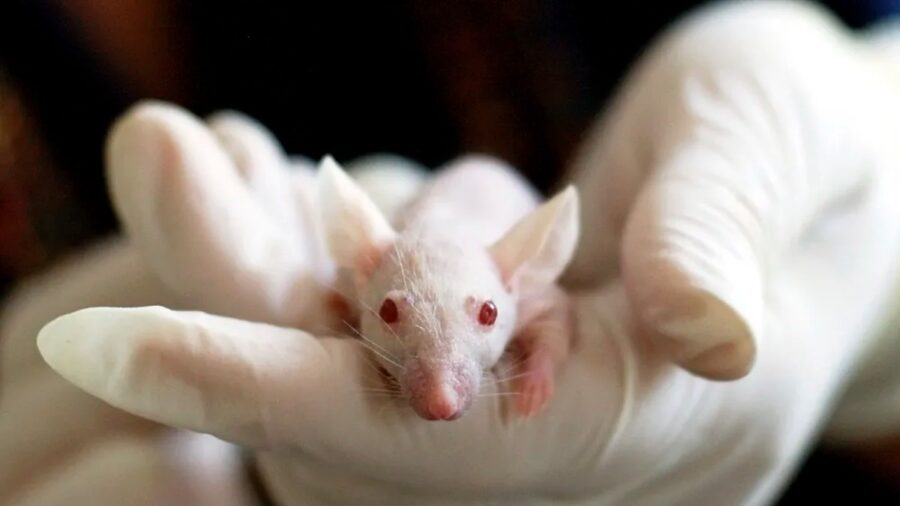New Terrifying Robot Is Built Out Of Mouse Muscles
Mechanical engineers have created robots that use the cells from mouse muscles to collect energy and move.

If you were hoping that we’d bring you a science-based story that had something to do with researchers slowing down on the creation of conscious robots or pumping the brakes on giving AI programs the ability to self-heal, this article is not for you! According to Inverse, scientists are going full steam ahead with their latest creation: a remote-controlled robot that, through mouse muscle cells, can walk. Yes, that’s right, the latest technology and live-action crossover is absolutely terrifying, and there’s no telling where we’re off to next!
Just a few months ago, we reported that dead spiders were being repurposed into necrobots, so the news of mouse-muscle-controlled robots shouldn’t be too much of a surprise. According to those behind the monster-like creation, this will act as a jumping-off point to craft even more intricate cyborgs down the line. So, how were the new little terrors born?
We’d love to tell you!
While they may be just the size of a pea, these new machines pack a punch with their robot bodies formed from lab-grown mouse muscle cells along with a 3D-printed skeletal frame crafted from a very soft material. Backing it all is a wireless LED control chip that allows the remote control holder to take the robot for a spin – or in this case – a scurry. When warmth or light is felt by the engineered muscle cells, which in turn stimulates the bot, the person holding the controls can move the creation, however, a remote isn’t necessarily needed to get the robot moving.
As Mattia Gazzola, a mechanical engineer at the University of Illinois, first explained to Inverse, the robot runs from its internal chip, which itself works off energy. As Gazzola put it, the user could simply “beam energy into the chip,” allowing the robot to self-drive. With this light and heat technology, Gazzola explains that “you don’t need power onboard” to get the tiny critter off to the races.
Harnessing their latest power, scientists were able to move the robots through a complicated maze with the mouse muscle-powered biohybrids barreling through and over several obstacles. According to Science Robotics, the robots have even managed to move so fast that they nabbed a speed record. The fastest biohybrid in the biz, the bots clocked in at just under a millimeter a second.

Gazolla and his team are seeing their new robot lineup as just the beginning of what’s possible for the future of AI. And, with science making massive leaps and bounds in just the last year alone, the sky truly is the limit for not only Gazolla and his fellow researchers and developers, but the whole of science. Over the past year, we’ve seen the world of technology let their imaginations run wild, developing living skin for robots and even sending them into the workforce.
So, where do the mouse muscle bots go from here? According to Gazolla, he’s planning on pushing the boundaries on what’s possible for robot creation and setting his next goal on making a similar biohybrid that can think and make decisions for itself. Terrifying.












